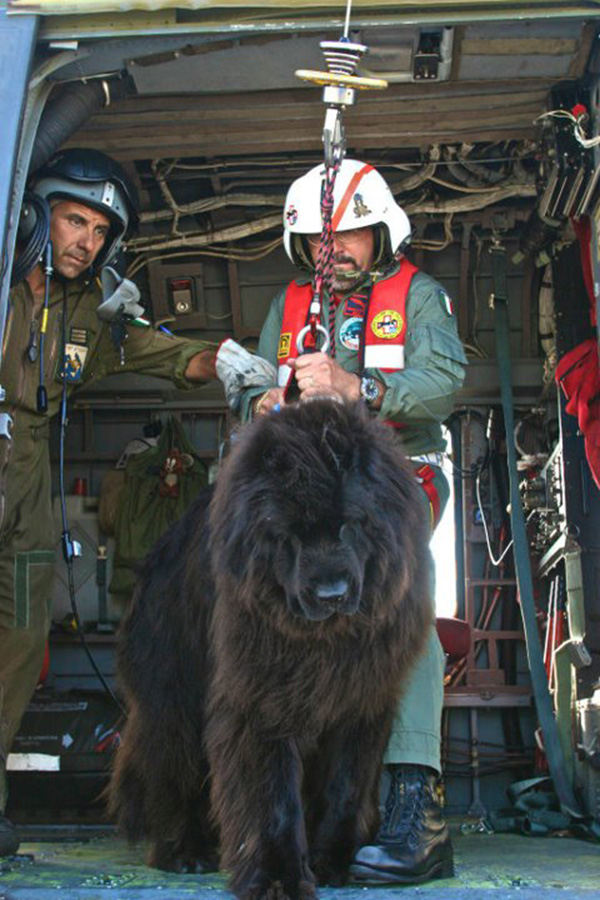

The Coast Guard Aviation Logistics Center in Elizabeth City, North Carolina, is using 3D printing to make obsolete parts such as cooling ducts and antenna mounts, Schultz’s spokesman, Cmdr. Maintainers have had to get creative, including issuing a contract last week seeking spare parts, and crafting some on their own. The most recent groundings, however, are largely due to the unavailability of parts, officials said. The service awarded contracts for replacing the critical components of the aircraft, including canopy, center console, floor assembly, floor boards, side panels and other parts of the frame.įrom fiscal 2019 through fiscal 2021, the Coast Guard budgeted $115 million for the component and avionics upgrades for the aircraft. The Coast Guard initiated a service life extension project for its MH-65s in 2018, with an aim to extend operations until 2035. Their bright orange airframes can be seen frequently over the skies of Washington, D.C., as crews conduct overflights of the National Capital Region. The service utilizes Dolphins across the U.S. They are used for various missions, including search and rescue, drug interdiction, polar deployments, environmental protection and homeland security. The Coast Guard began flying MH-65 Dolphins in 1984. Read Next: Pentagon’s Watchdog to Investigate Military’s Response to UFOs For more information or to subscribe, visit.
Subscribe to receive our news releases and more via RSS feeds. Follow the Canadian Coast Guard on Twitter, Facebook, Instagram and YouTube. Start Your Career with the Canadian Coast Guard. Canadian Coast Guard Search and Rescue Program. Marine emergencies can be called into the Joint Rescue Coordination Centre in Trenton 24 hours a day, 365 days a year, at 1-80 The Coast Guard employs post-secondary students from coast to coast to coast through the IRB program to provide supplementary maritime search and rescue services during the busy summer boating season. Continuing to provide services throughout the duration of the COVID-19 pandemic, the adaptability of the IRB crews ensured Coast Guard continued delivering 24/7 search and rescue services to the Nunavut communities of Rankin Inlet, Chesterfield Inlet, and Whale Cove. In Rankin Inlet, the IRB crew is an important part of the emergency response system, and works closely with the Canadian Coast Guard Auxiliary, Inuit communities, and other northern organizations to increase maritime safety in the Arctic. Throughout this season, the IRB crew carried out four training exercises, responded to three SAR cases, and travelled over 854.3 nautical miles. These Inuktitut names were added to Coast Guard charts and GPS devices on the vessels. Crews increased their local knowledge by participating in Inuktitut language training sessions and by learning local place names, including islands, inlets, and points of land. They also participated in virtual Inuit Qaujimajatuqangit (Inuit Traditional Knowledge) information sessions led by the Canadian Coast Guard's Community Engagement Coordinators from various communities across the North. This year, the station opened on June 23, and provided essential search and rescue services during the summer boating season.ĭuring operations in Rankin Inlet, crews participated in training, including medical emergency response, seafaring, towing, and developing skills in rough water vessel handling. The Rankin Inlet station opened in June 2018 to improve marine safety in Arctic waters in collaboration with Indigenous communities. 
In the North, the IRB program is operated by Indigenous post-secondary students, trained by the Canadian Coast Guard.






 0 kommentar(er)
0 kommentar(er)
